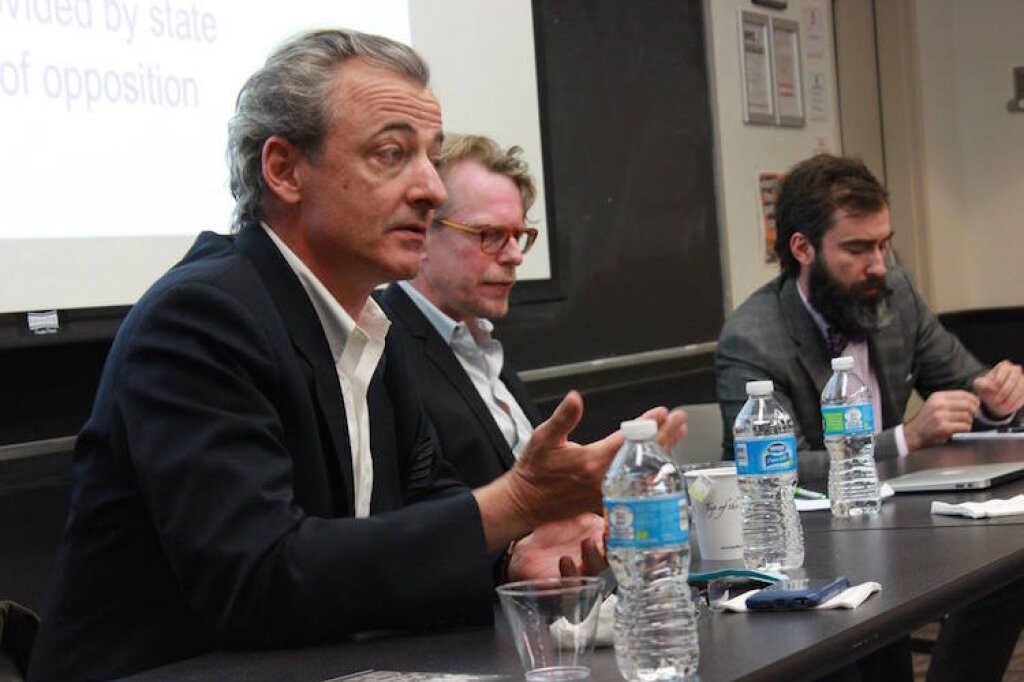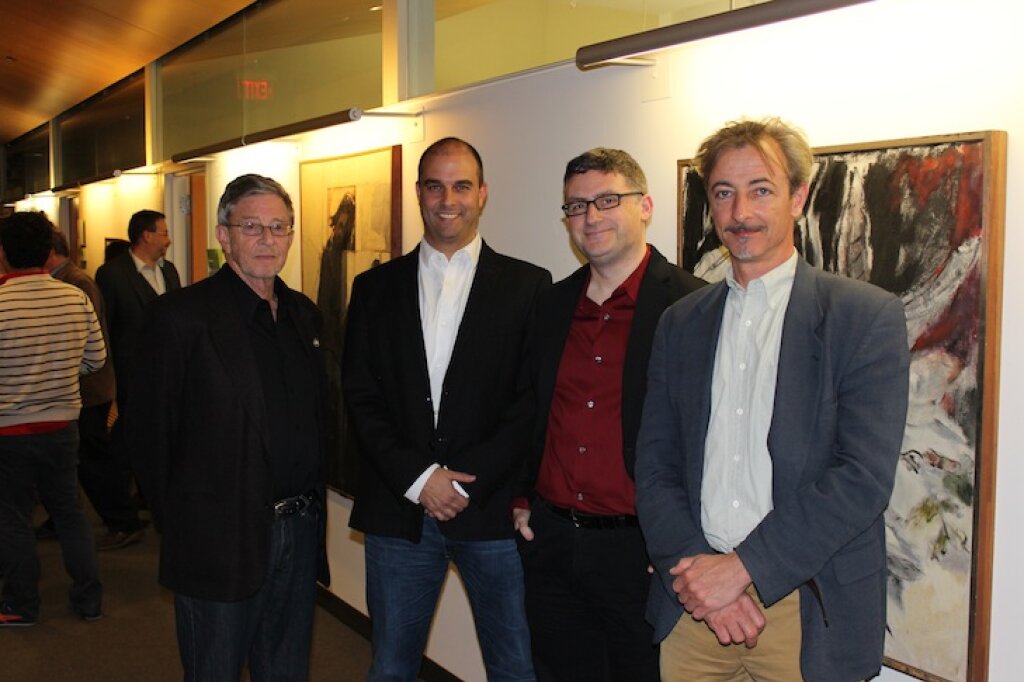On Friday, March 1, Emma Hamilton, PhD student in Comparative Literature visited the Jordan Center Colloquium Series where she presented her ongoing dissertation project on films and ruins. Hamilton is at the early stages of her research and the colloquium participants came together to offer perspectives, advice, and expertise at a time when it is most useful. The discussion, like the project, was intriguing.
Hamilton explained how her interest in the topic arose from her fascination with Sergei Eisenstein’s movies on Ivan the Terrible, and their production history. In addition to Eisenstein, Hamilton’s project focuses on movies by other Soviet directors, such as Esfir Shub, Sergei Loznitsa and Andrei Tarkovsky. The selection of movies thus varies greatly in techniques, historical context, and aesthetics, but what they all have in common is that they somehow relate to the overarching theme of Hamilton’s project. Among the categories she is working within are “film made from ruins,” “film as ruin,” and “film in ruins.” Together these serve as the analytical foundation for the more intricate aspects of her dissertation.
At the core of Hamilton’s research lies the complicated question of the heterogenous temporality of films, and their materiality. Like ruins, films are expected to encompass something in the now which has already passed, yet at the same time they are not themselves immune to the ravages of time. We often approach films as safe harbors of the past, but as material objects films are extremely fragile and perishable. Tending to obsess over the idea of the “original film,” we also seem to forget the fact that the film itself is not an unchangeable entity.
While touching upon the difficulties involved with theory of film preservation and restoration, an
interesting dialogue took place regarding how it differs from preservation processes of icons, books, and other textual documents. Often preservation and restoration of such objects involve
reconstructing an authentic original, but as Hamilton points out, film preservation cannot be established on the same premises. Centered around the issues of authenticity, the contingent nature of film seems to affect not only film as medium, but also film as ruin.



